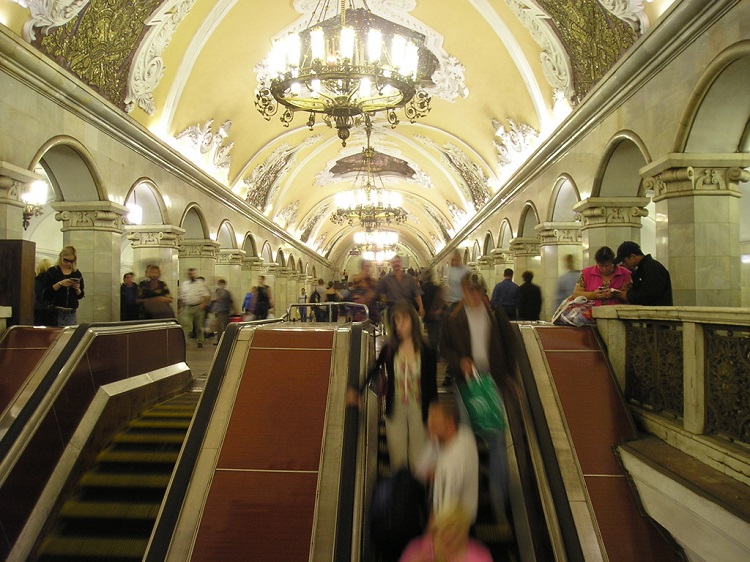
The innovative, entrepreneurial company Moscow Free Tour (www.moscowfreetour.com) offers a free walking tour of Moscow's major sights, led by knowledgeable and extremely enthusiastic guides. It's so good it would be worth paying for – but you don't have to!
Stepping onto the vast expanse of Red Square and contemplating its millennium of history will be a highlight of your stay in Moscow, and it doesn't cost a kopek. While you're there, don't miss the chance to see Vladimir Ilych in the flesh (www.lenin.ru).
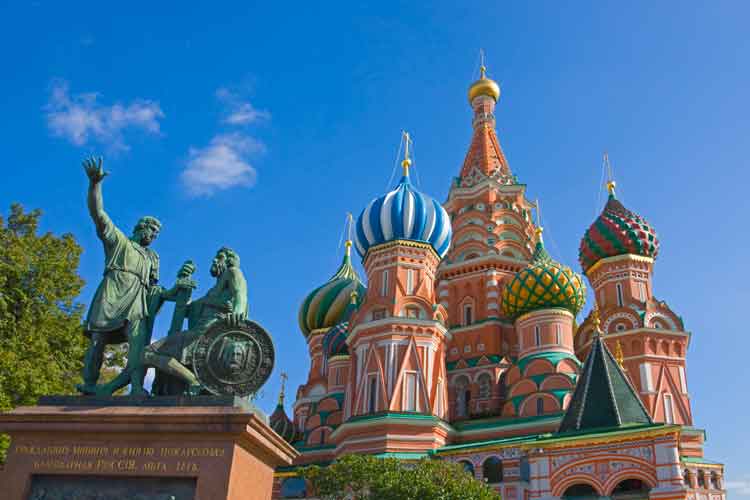
This fascinating 1906 art nouveau mansion was designed by Fyodor Shekhtel and gifted to author Maxim Gorky in 1931. Now it's the Gorky House-Museum and it's a gift for you: a visual fantasy with sculpted doorways, ceiling murals, stained glass and a carved stone staircase.
Colourful flower beds and impressive Kremlin views make this historic park a favourite strolling spot for Muscovites and tourists alike. Get splashed by the troika fountain and see the changing of the guard at the Tomb of the Unknown Soldier, all for free.
![40775-Moscow [Alexander Garden], by Xiquinho Silva. CC BY 2.0](https://www.holidaytravel.cc/Article/UploadFiles/201602/2016021918092473.jpg)
It's free to wander the grounds of the Kolomenskoe Museum-Reserve, an ancient royal estate overlooking the Moscow River. Check out the lovely 16th-century Ascension Church, which, with its brick construction and tent-shape roof, sparked a revolution in Russian architecture.
The gargantuan Cathedral of Christ the Saviour dominates the skyline along the Moscow River southwest of the Kremlin. A reincarnation of a 19th-century church that was destroyed by Stalin, it is amazingly opulent, garishly grandiose and completely free.
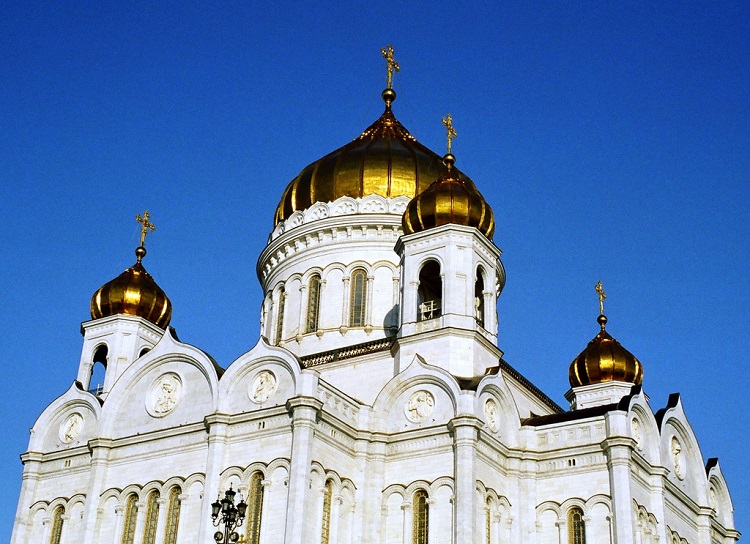
A historic haunt of artists, musicians and street performers, the 'old' Arbat still evokes the free-spiritedness of yesteryear. While strolling the storied street, look out for the memorial wall dedicated to iconic rocker Viktor Tsoy and the statue of the 1960s bard Bulat Okudzhava.
Don't pay money, pay your respects. Adjacent to the сonvent, the Novodevichy Cemetery is one of Moscow's most prestigious resting places – a veritable who's who of Russian politics and culture. Here you will find the tombs of writers, artists, musicians and a few controversial politicians such as Khrushchev and Yeltsin.
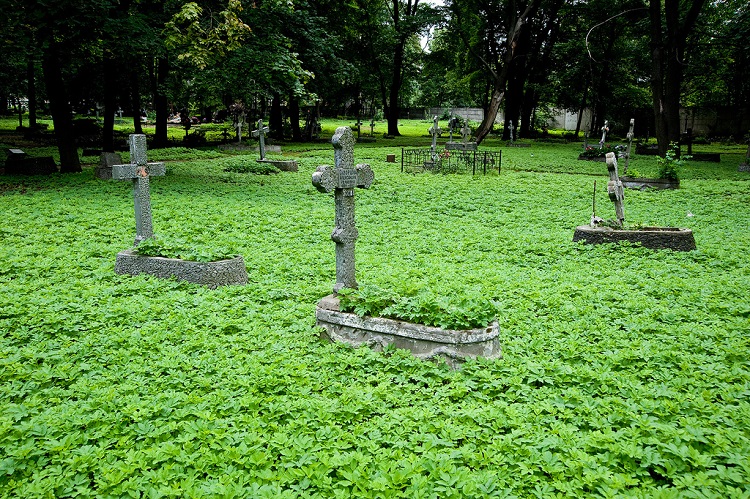
The famous flea market (www.kremlin-izmailovo.com, for Russian readers) is only part of a theme park that includes shops, restaurants, museums and monuments, all contained within a mock 'kremlin' – complete with walls and towers – which makes a great photo op.
After more than a century of producing chocolates and other sweets, the famed Red October factory has been converted into Moscow's hottest spot for art and entertainment, with clubs and cafes, art galleries and fashion boutiques. Expensive to buy but free to browse.
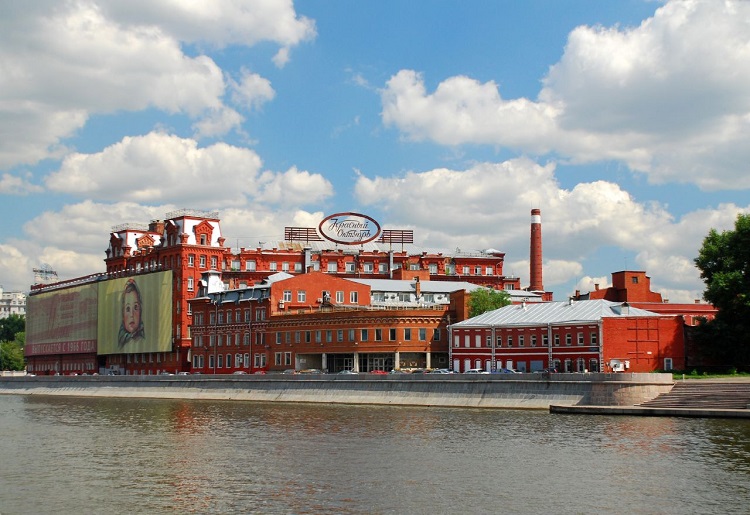
Created in the 1930s, the All-Russia Exhibition Centre (formerly VDNKh; www.vvcentre.ru/eng) is a vast complex of wide avenues and grandiose pavilions, replete with socialist realist kitsch. The gargantuan statues and flamboyant fountains are a curious vestige of Soviet paradise gone awry. Though capitalism has taken hold here, it's still free to enter.
Founded by St Daniil in the late 13th century, Moscow's oldest monastery seethes with devotion, especially the centrepiece church, which contains the relics of the saint. You have to pay to light a candle but prayers are technically free.
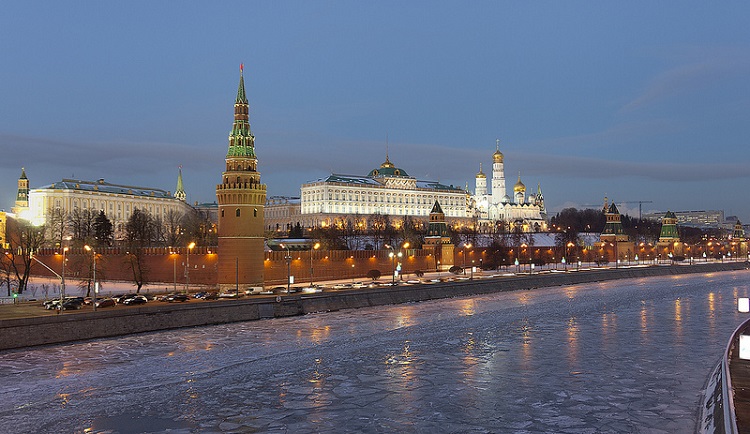
Magnificent Park Pobedy (Victory Park) is a huge memorial complex commemorating the sacrifice and celebrating the triumph of the Great Patriotic War, with endless fountains and monuments. The on-site museum is not free, but everything else is.
Russian businessperson and art patron Mikhail Abramov has personally amassed a collection of more than 4000 pieces of Russian and Eastern Christian art, including some 600 icons. To spread the love for this `iconic' art form, the collection is open to the public and free of charge (www.russikona.ru/en).
Patriarch's Ponds is a sweet park that was immortalised by writer Mikhail Bulgakov in his novel The Master and Margarita. Around the corner is Bulgakov House-Museum. The author's former flat contains a small (free) museum and cafe where the local literati congregate. A black cat hangs out in the courtyard.
The exhibits at the Sakharov Museum recount the life of the nuclear-physicist-turned-human-rights-advocate, who was a leader of the Soviet dissident movement. Look out for the piece of the Berlin Wall on display on the grounds. You can't put a price on freedom.

The Old Believers have maintained their distinct religious practices ever since they split from the Orthodox Church in 1653. The Intercession Church in the Old Believers' Community contains one of Moscow's finest collections of icons. Visitors are welcome, but women must wear long skirts and headscarves.
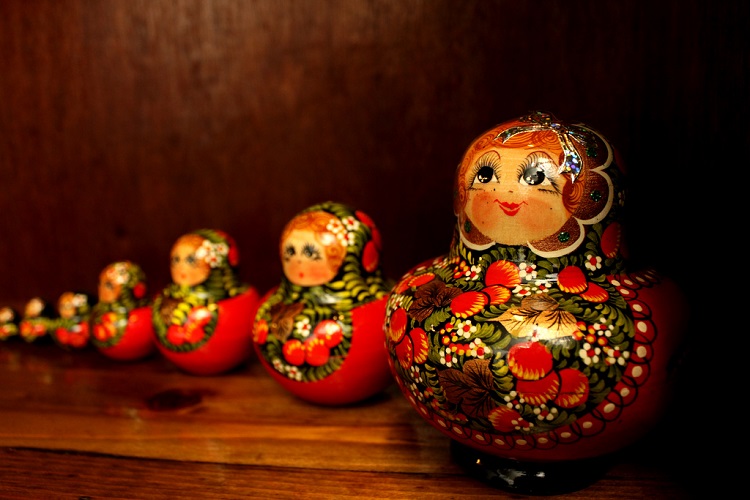
The 19th-century writer Nikolai Gogol spent his final tortured months here (www.domgogolya.ru/en). The rooms are arranged as they were when Gogol lived here, and you can even see the fireplace where he famously threw his manuscript of Dead Souls.
Vorobyovy Gory, or Sparrow Hills, is the green hilly area south of the Moscow River. Bask on a sandy beach, then follow the wooded walking trails up to University Square to take in marvellous views of Moscow. Priceless.